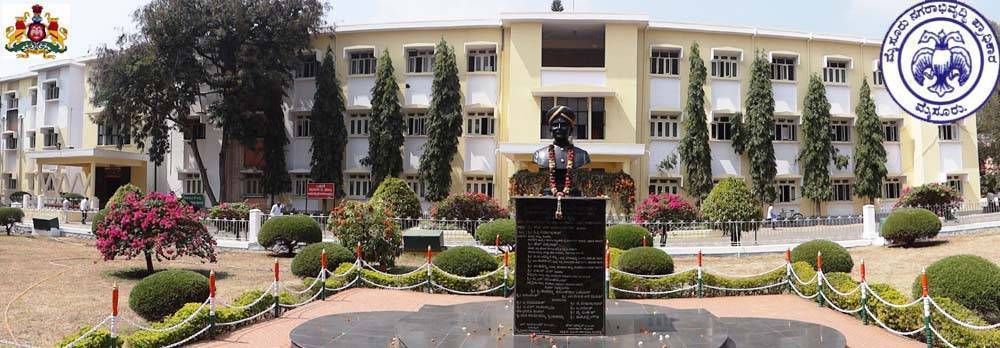The Central Government’s plan to introduce a simplified Goods and Services Tax (GST) structure with just two primary slabs—5% and 18%—is being closely tracked by the real estate sector. The reform, expected to be rolled out by Diwali this year, aims to replace the current four-rate system, which ranges between 5% and 28%. A special rate of 40% will continue to apply to luxury and “sin” goods.
At present, essential food items are exempt from GST, daily-use goods attract 5%, standard goods 12%, electronics and services 18%, and luxury items 28%. Construction inputs in real estate span these higher brackets, significantly affecting project costs. Cement, for example, is taxed at 28%, steel at 18%, tiles at 18%, and sanitaryware at 18%. Professional services such as architecture and project management are taxed at 18%.
Potential Relief on Input Costs
Developers and homebuyers alike are examining how the two-slab system may influence housing affordability. If commodities like cement are shifted from 28% down to 18%, the reduction could ease construction costs considerably. Industry voices say such a move would improve project margins and may even translate into more competitive home prices.
Currently, under-construction housing attracts 5% GST (and 1% for affordable housing), while ready-to-move-in units with occupancy certificates are exempt. Affordable housing is defined as units up to 60 sq. m carpet area in metros and 90 sq. m in non-metros, priced up to ₹45 lakh.
For developers, the removal of the 12% and 28% brackets may also simplify compliance, improve cash flows, and rationalise pricing structures. However, whether the benefit ultimately reaches homebuyers depends on how companies adjust their pricing strategies.
Will Savings Reach Buyers?
Tax specialists and market analysts highlight a key question—will developers transfer lower input costs to end users, or retain the gains to safeguard profit margins? Past policy changes, including earlier GST rate cuts on under-construction housing, have had mixed results. Some savings were passed on, but others were absorbed by developers to offset rising land and financing costs.
Financial advisor Abhishek Kumar notes that while the move will certainly reduce indirect taxes, the industry’s pricing practices will determine if affordability truly improves. The possibility of developers holding on to the savings cannot be ruled out, he adds.
Different Impact on Affordable vs Luxury Housing
The new tax structure could also reshape dynamics between affordable and luxury housing. While lower rates on construction materials may help budget projects, luxury housing could see indirect cost increases if premium fittings, imported finishes, or other high-end components are categorised under the 40% slab. This may raise the overall cost of luxury projects, even if base construction expenses decline.
In contrast, affordable housing could gain from reduced input costs combined with the existing concessional 1% GST rate on sales. Analysts suggest that this combination could make budget homes more accessible, particularly in high-demand urban peripheries where developers struggle to balance margins with price caps.
Push Towards Formalisation
Beyond cost implications, the reform may also push the real estate sector further into formalised practices. High indirect tax rates have often led to informal cash transactions to bypass costs. By lowering the tax burden and streamlining compliance, the government hopes to reduce such practices and improve transparency in property transactions.
Consultants believe that a 10%–20% reduction in overall taxation could not only make property more affordable but also stimulate sales volumes. Increased formalisation would strengthen revenue collections for the government while making the market more attractive for institutional investors, including real estate investment trusts (REITs).
The announcement comes on the heels of the Prime Minister’s Independence Day address, where he referred to next-generation GST reforms as a “Diwali gift” to the country. With real estate being one of the most sensitive sectors to tax changes, the impact of the simplified two-rate structure will be significant.
If executed as proposed, the reform could cut costs for developers, improve compliance, and potentially make housing more affordable. However, the on-ground effect will depend largely on how developers balance reduced input costs with their pricing strategies, especially in a market where demand revival is closely tied to affordability.
For homebuyers and investors, clarity will emerge only once the final GST slab placements for construction materials and luxury fittings are announced. Until then, anticipation continues around whether the two-slab GST will truly ease home ownership or primarily strengthen developer margins.









.png)